
The trope that dominated the horror landscape through the ’70s and ’80s is still around but it is evolving. The final girl reflects the society and culture of the times. The Scariest Things pries this theme apart in Episode 75 to see what’s going on.
In the 1970s a new trend came to sweep out the Hollywood standard of the “damsel in distress.” 1974 ushered in The Texas Chainsaw Massacre and Black Christmas wherein two young women manage to escape as the last protagonist remaining after a deranged killer has cleared out ale the other would-be heroes in the story. This trend exploded with the franchise horror trendsetters, Halloween, Friday the 13th, A Nightmare on Elm Street, and all the copycats and followers in the slasher sub-genre. The trope was de rigueur in the VHS era.
In 1992 Carol Clover coined the term “final girl” in her treatise Men Women and Chainsaws: Gender in the Modern Horror Film. Her basic argument is that although slasher movies seem to delight in the sadistic torment of female victims, they are actually providing the audience a point of identification with the last woman standing. Strategically, for a horror movie director or producer, the final girl trope made sense. A horror audience will bond with the most innocent, most helpless character in the film, and will tend to believe that the protagonists who exhibit sketchy behavior had it coming. Basic ground rules for horror movies for a very long time… but the times they are a-changing.
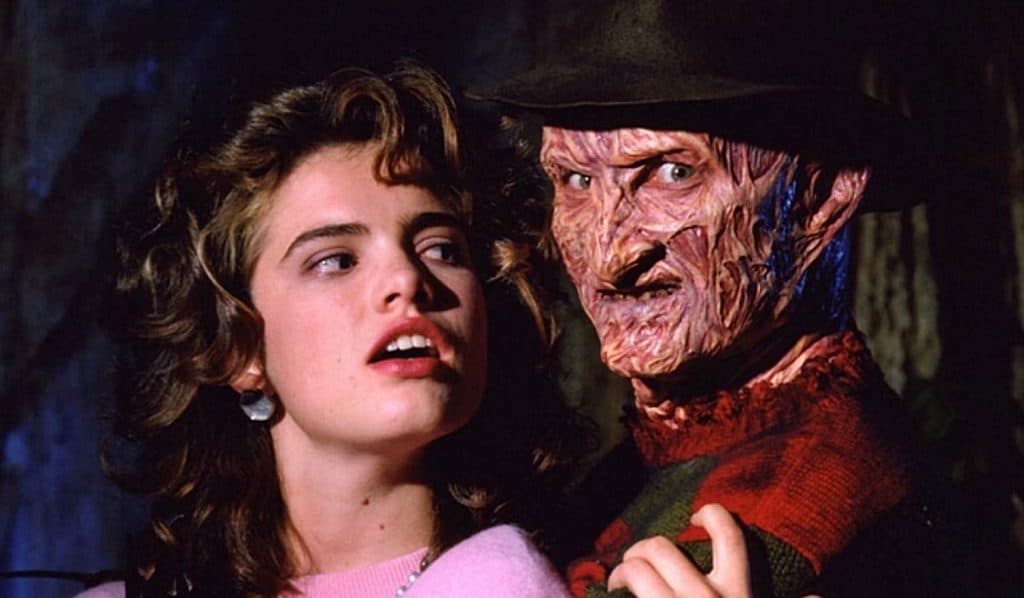
Heather Langenkamp in A Nightmare on Elm Street (1984) 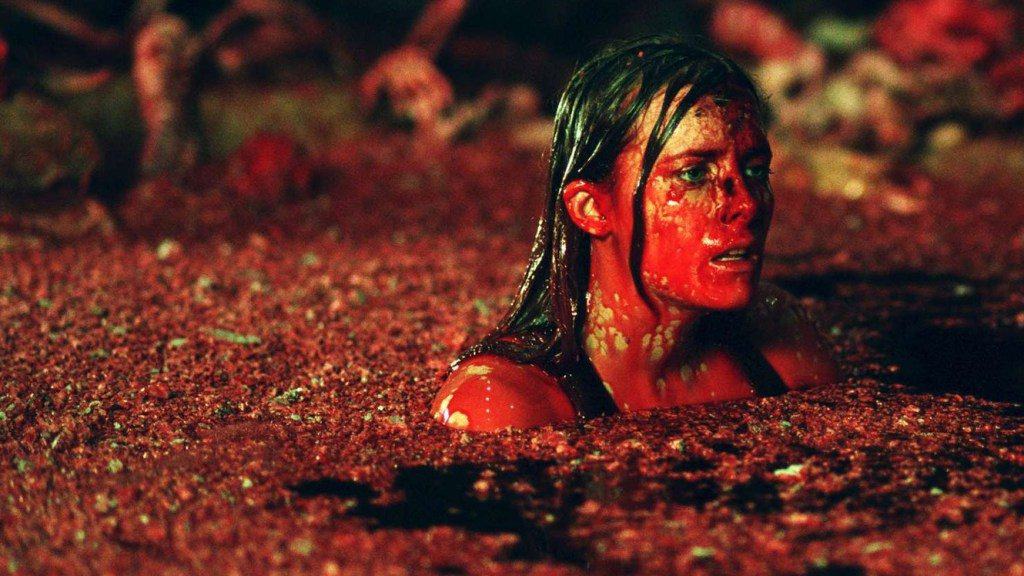
Shauna MacDonald in the Descent (2005) 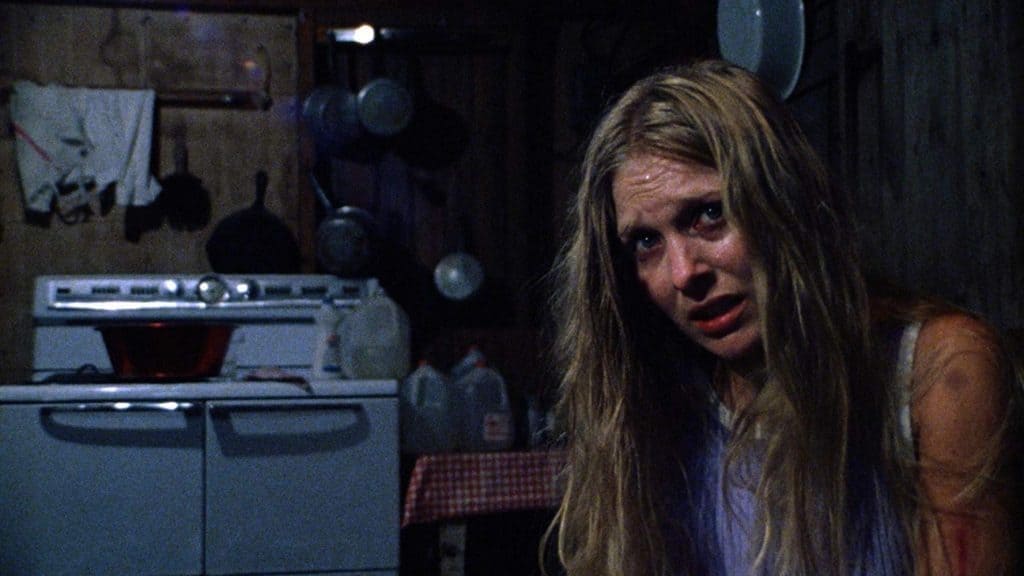
Marilyn Burns in The Texas Chainsaw Massacre (1974) 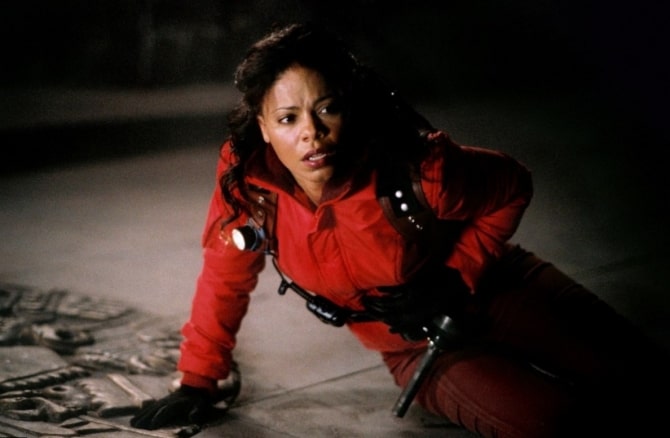
Sanaa Lathan in Aliens vs. Predators (2005) 
Jena Malone in The Ruins (2008) 
Mary Elizabeth Winstead in The Thing (2011)
Key elements of the Final Girl trope:
- There is usually a large group of characters from which to cull out the final girl. Not always, though, as sometimes the final girl is identified early on and she has to survive running a gauntlet of villains.
- The final girl has to survive in the end. There might be some ambiguous threat at the end of the film that suggests that the enemy might not be all that dead after. Queue the sequel!
- The final girl is usually the clear thinking one within the social group. She is likely also to be the most cautious character.
- The girl is most often a teenager or a very young woman. Editor note: I stated that Sigourney Weaver was 23 when she did Alien, she was 28 when she filmed it… so a long way from being considered a “girl”.
- This trope is most often the domain of R-rated slasher films, but it does translate into a few other sub-genres, with sci-fi horror being another favorite landing spot with prime examples being Alien (1979), The Descent (2005), The Ruins (2008), and The Thing (2011)
- Quite often, it’s this display of intelligence that ends up defeating the villain, though many times you will see a degraded villain, (another trope) where the final girl finds the monster’s weak spot, after learning for most of the movie that the killer is unstoppable, but gets “nerfed” in order to allow the heroine to succeed.
- Final girl movies often pair up with the well-trodden trope of teens having sex = getting a machete/spear/axe/chainsaw. And, the survivor is usually the virginal and innocent one. Do drugs? Same thing. Users become losers in horror films.
- The final girl is often spared for a sequel, as these movies tend to be franchise generators.
- Many times, though, the luck runs out for the final girl, as she gets eliminated in one of the sequels. Alice (Killed in Friday the 13th Chapter II), Nancy (Killed in A Nightmare on Elm Street 3: Dream Warriors), Sarah (Killed in The Descent 2), Ripley (Killed in Alien 3), and even Laurie Strode bought it in Halloween Resurrection. Some academics suggest that this was a way for Hollywood culture to re-set the patriarchal norm.
- Oddly, there are a lot of sexually ambiguous names. Sidney (Scream), Ripley (Alien), Max (The Final Girls), Jay (It Follows), Dana (Cabin in the Woods). Some have applied the thinking that this would help create associative bonds with male audiences.
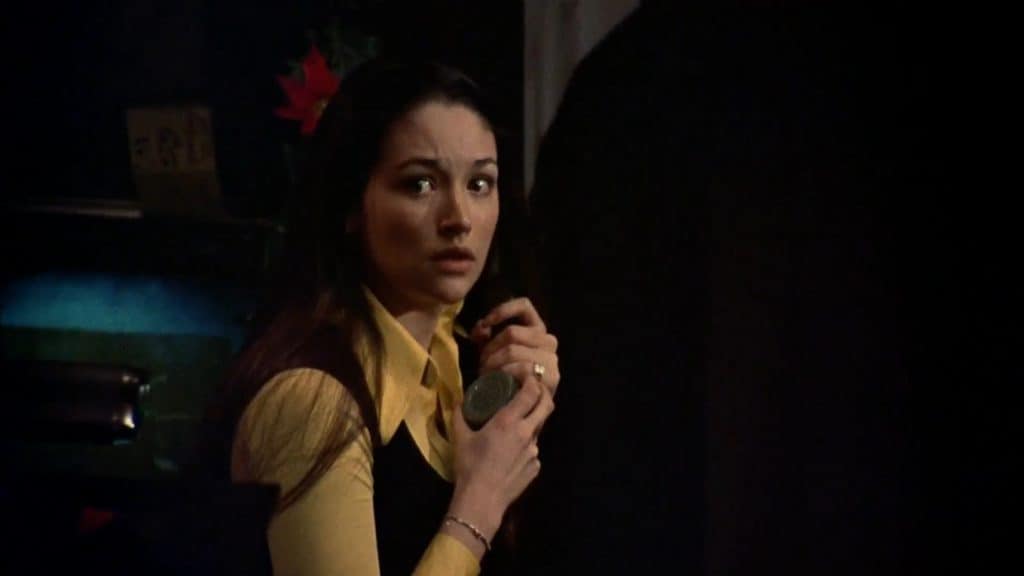
Olivia Hussey in Black Christmas (1974) 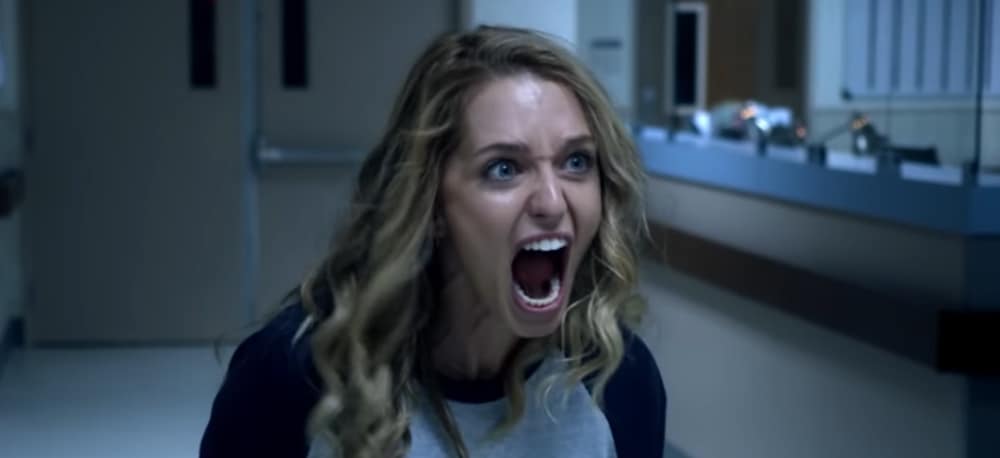
Jessica Rothe in Happy Death Day (2018) 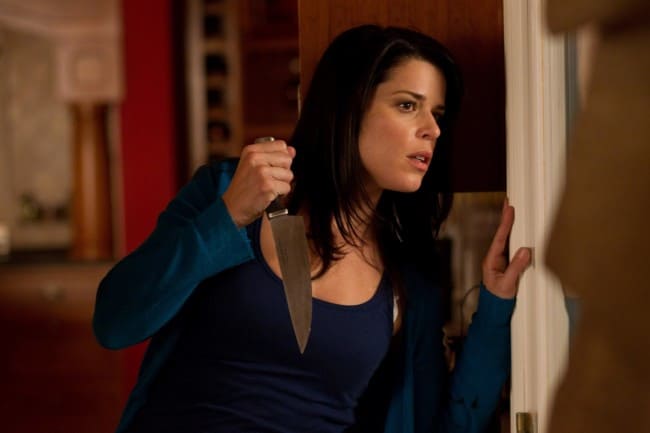
Neve Campbell in Scream (1995) 
Jennifer Love Hewett in I Know What You Did Last Summer (1997)
The final trope is a divisive one, as it crosses over and back the exploitation line that horror tends to so often walk. There is a titillation factor that can’t be ignored, and certainly films like Last House on the Left and I Spit on Your Grave clearly employed the visceral threats and rape upon the poor victims, only to utilize the revenge factor as a justification for the depravity imposed upon the female victims and in that way make it empowering. That is hugely debatable. I Spit on Your Grave was once called Day of the Woman which made it seem somehow feminist, but really, this is raw exploitation. Horror movies have often championed social movements, and to use the terror as an allegory. With the final girl trope, this sociological steering is a bit dodgier, but in the ’70s they claimed this as progress.
The ’80s theme of dead teenagers embraced the trope with open arms (and knives.) The film landscape was ruled by the legendary monstrous villains that you all know. Remembering who the final girls are can be a bit tricky, though. Can you name all the Friday the 13th or Nightmare on Elm Street final girls? Yeah didn’t think so. It suggests that the importance of the final girl was less to demonstrate the heroism and bravery of the final girl, but to exhibit the power and threat of the villain. Once the audience finds the villain appealing, the final girl has served her purpose, and we move on to a sequel to revisit the villain and not the girl. (Usually)
If the ’80s were the high water mark for the trope, there was a transition starting in the ’90s and continues on to this day, in that the girls and women become empowered and become something more like an action girl, not requiring the nerfing of the villain. Sidney Prescott and Gale Weathers became the characters you came back for, not the Ghostface killer so much. What’s more, Wes Craven had been sensing that the old ways were getting stale, and Scream helped reset the table and rework how we saw this trope in action. Even though the final trope lived on in its traditional form with the seminal ’90s flick I Know What You Did Last Summer, you came to see Jessica Love Hewitt and Sarah Michelle Gellar, not the Fisherman. The producers sensed that, and that’s how that movie AND the sequel got promoted.
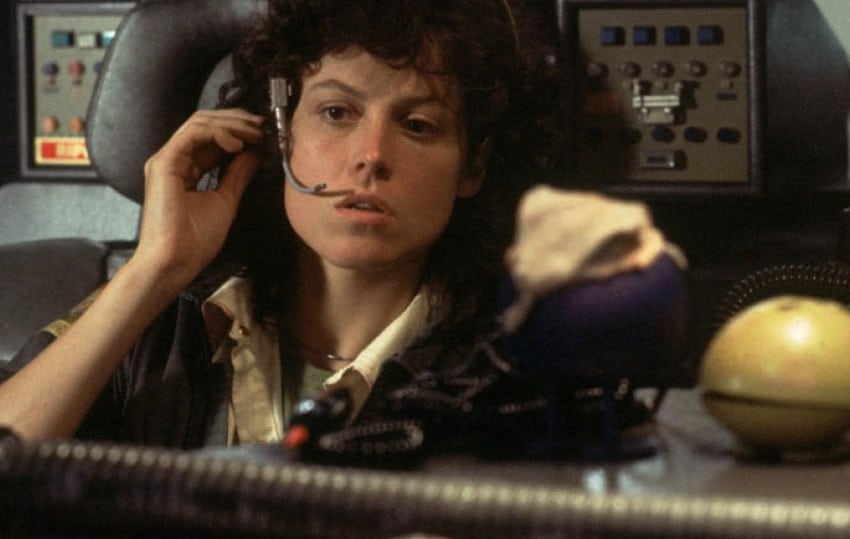
Sigourney Weaver in Alien (1979) 
Sharni Vinson in You’re Next (2011) 
Maika Monroe in It Follows (2014) 
Adrienne King in Friday the 13th (1980)
Advancing on to the current trends, the new version of the final girl also reflects an era that is less dependent upon sequels and iconic unkillable villains. This era of protagonist forward stories allows the heroines to vanquish their foes for good. The girls get physical in their own defense, where flight changes to fight, and heroines like Erin (You’re Next), Sarah (The Descent), and Jen (Revenge) take the fight to their would-be killers. Survival was still the primary motivation, but this became survival by way of taking out the enemy, not escaping. It should be noted that two of the ’80s biggest final girls, Ellen Ripley and Sarah Connor went decidedly bad-ass as well, but they did it in the sequels.
It is pretty clear that some of this change is due to the generational change going on with directors. Younger directors have a different, some might say woke perspective on casting and plot choices. And most importantly you are seeing women directors getting to have a say in how the final girl story plays out. Coralie Fargeat in Revenge and Chelsea Stardust with Satanic Panic are fine examples of how women directors are approaching the trope.
It became clear that this episode was going to feature some of the most recognizable actresses in the genre. There are so many prominent characters who have the honor of surviving the ravages of the screen terrors, it was hard to pick our final, final girls. It will be fascinating to find out how the final girls of our current age will be remembered in time. Listen in to Episode 75 and hear all of our thoughts on the subject!
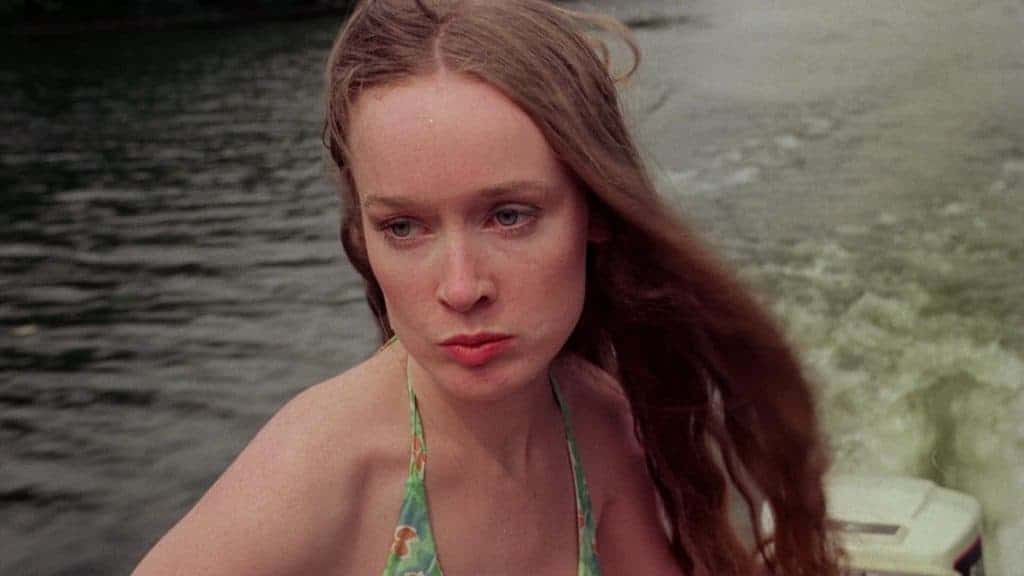
Camille Keaton in I Spit on Your Grave (1978) 
Samara Weaving in Ready or Not (2019) 
Jane Levy in Don’t Breathe (2015) 
Linda Hamilton in The Terminator (1984) 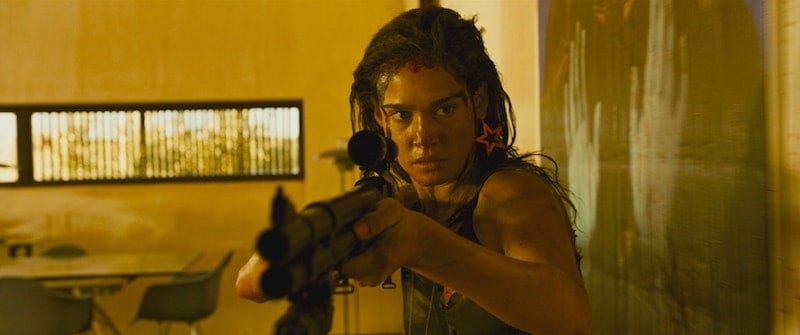
Matilda Anna Ingrid Lutz in Revenge (2018) 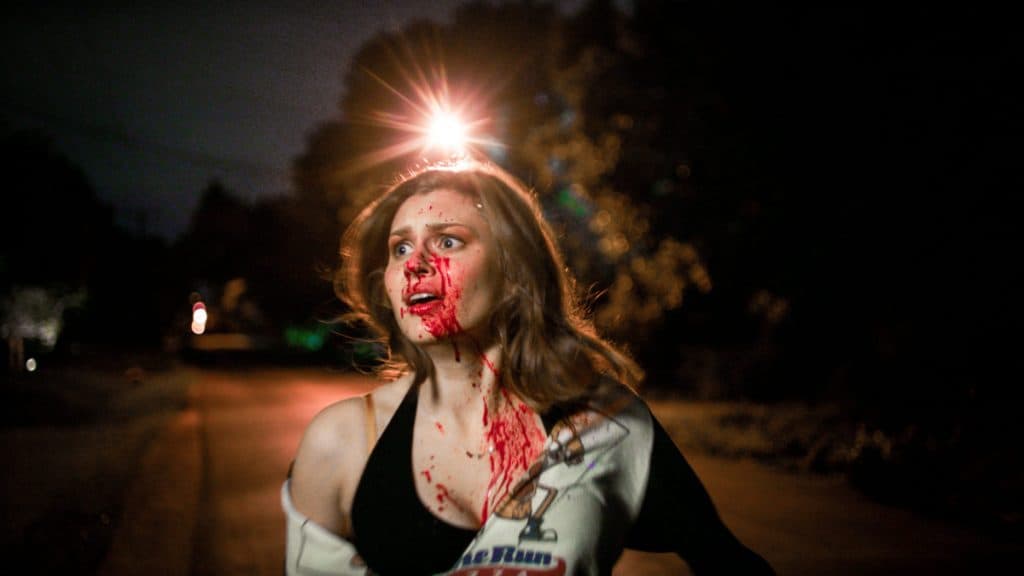
Haley Griffith in Satanic Panic (2019)
Podcast: Play in new window | Download | Embed

